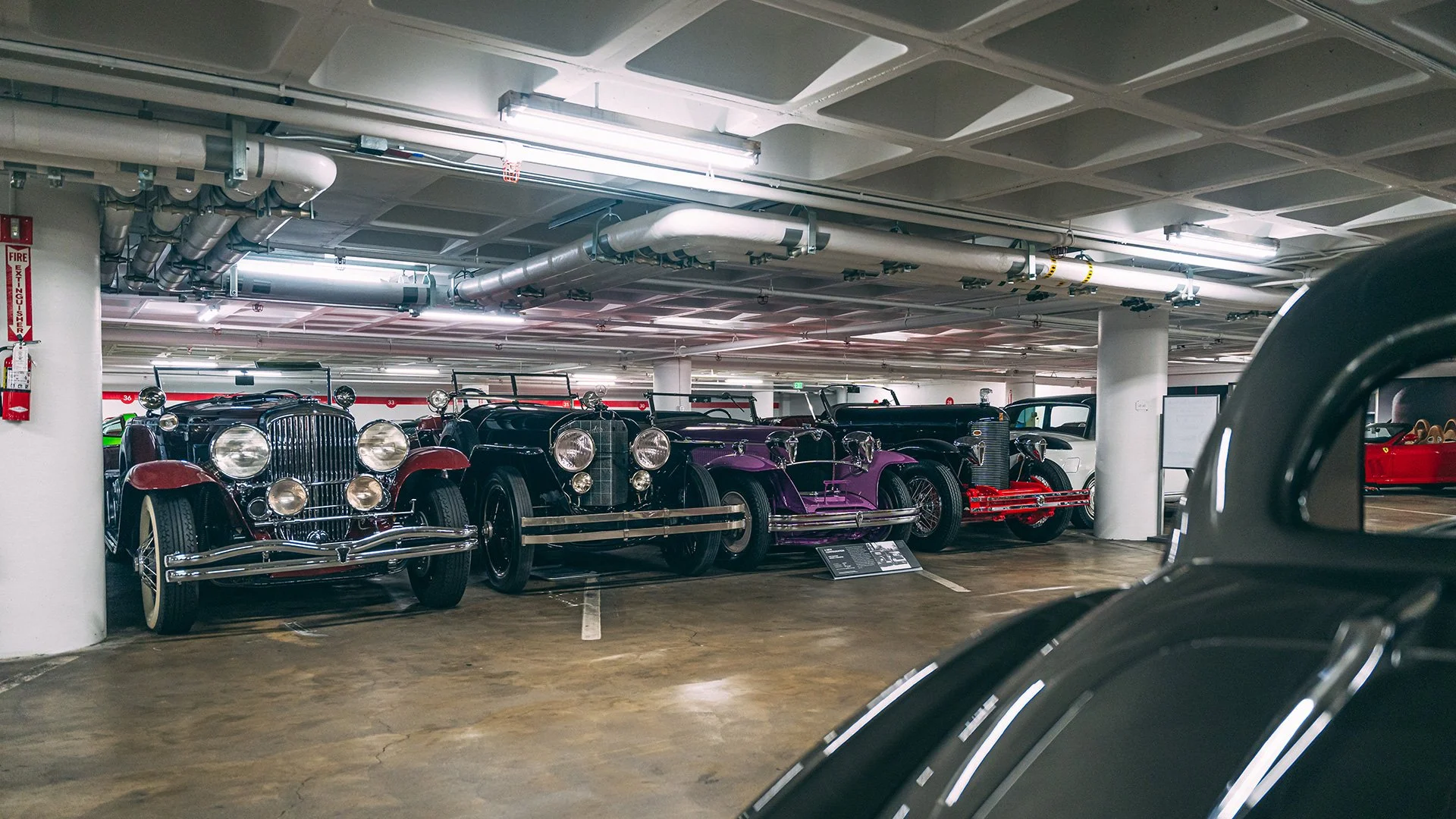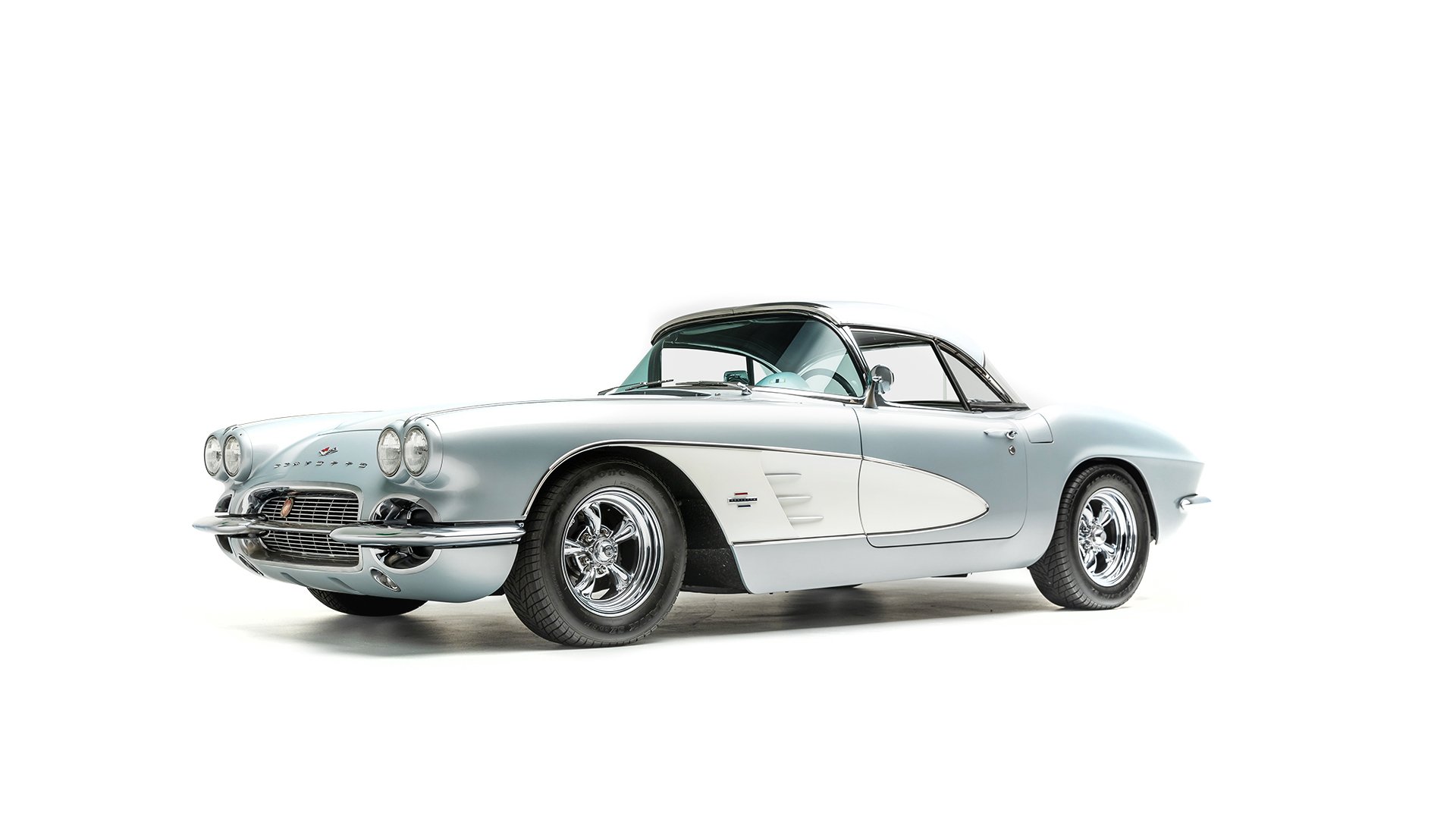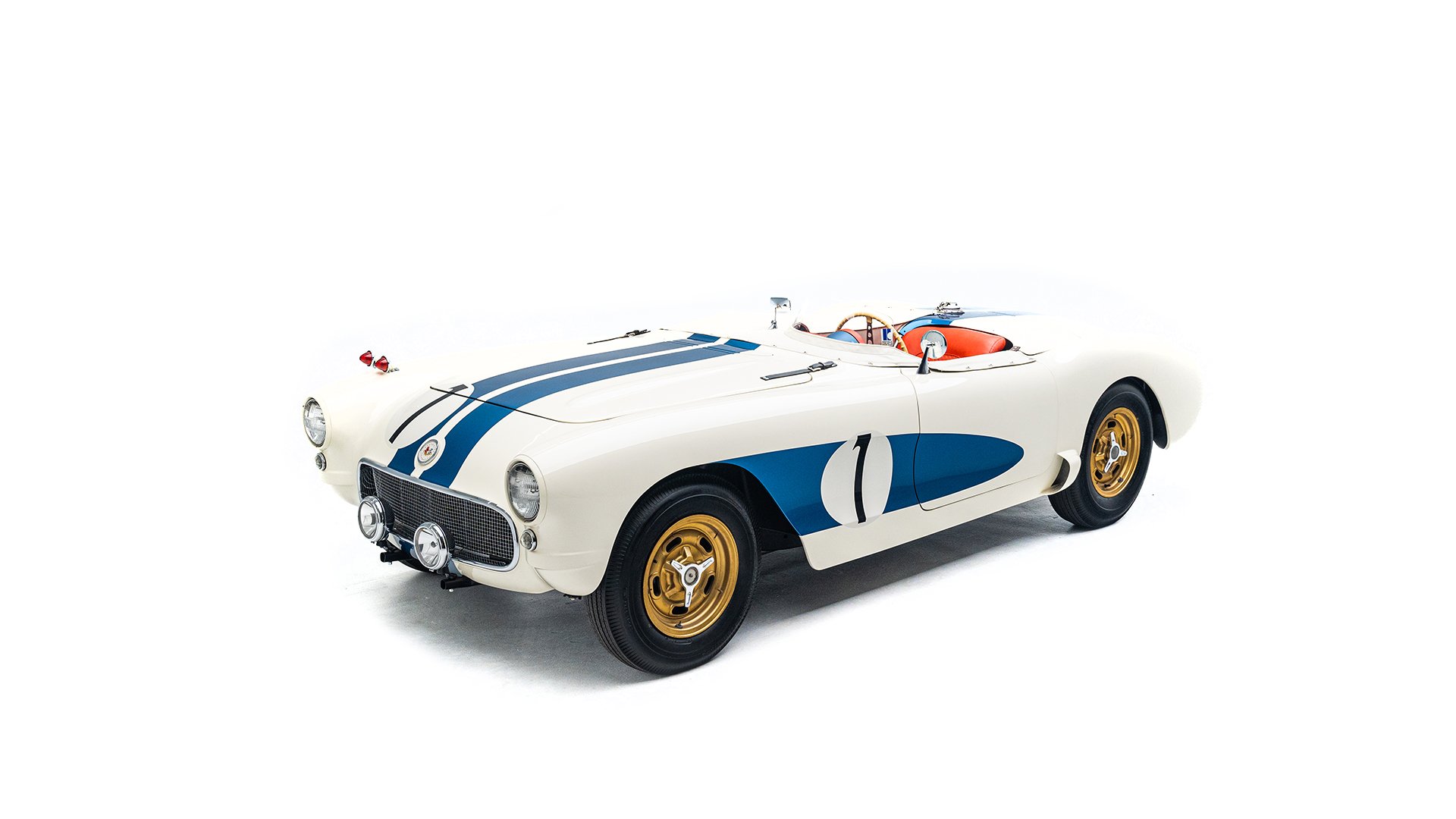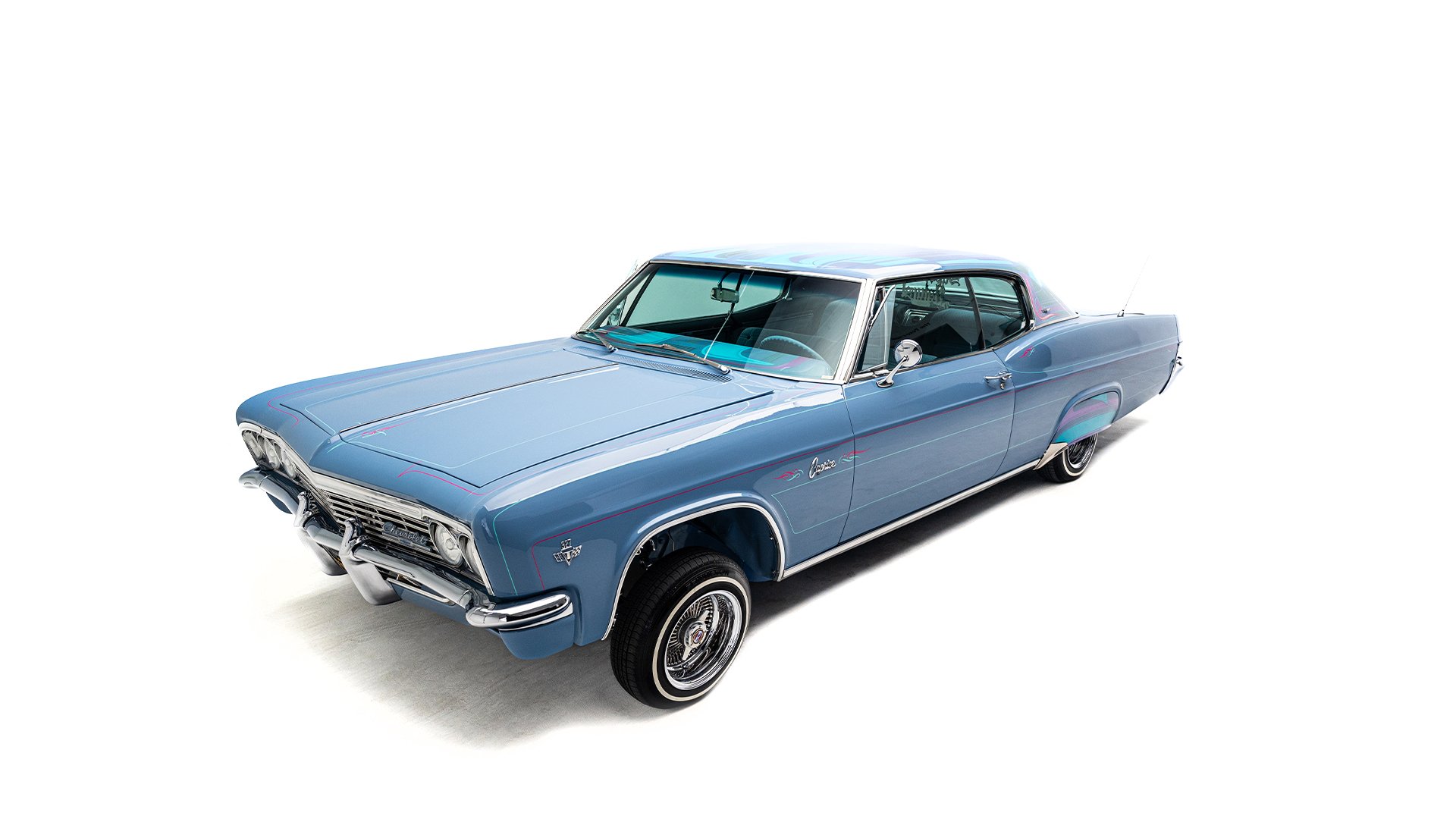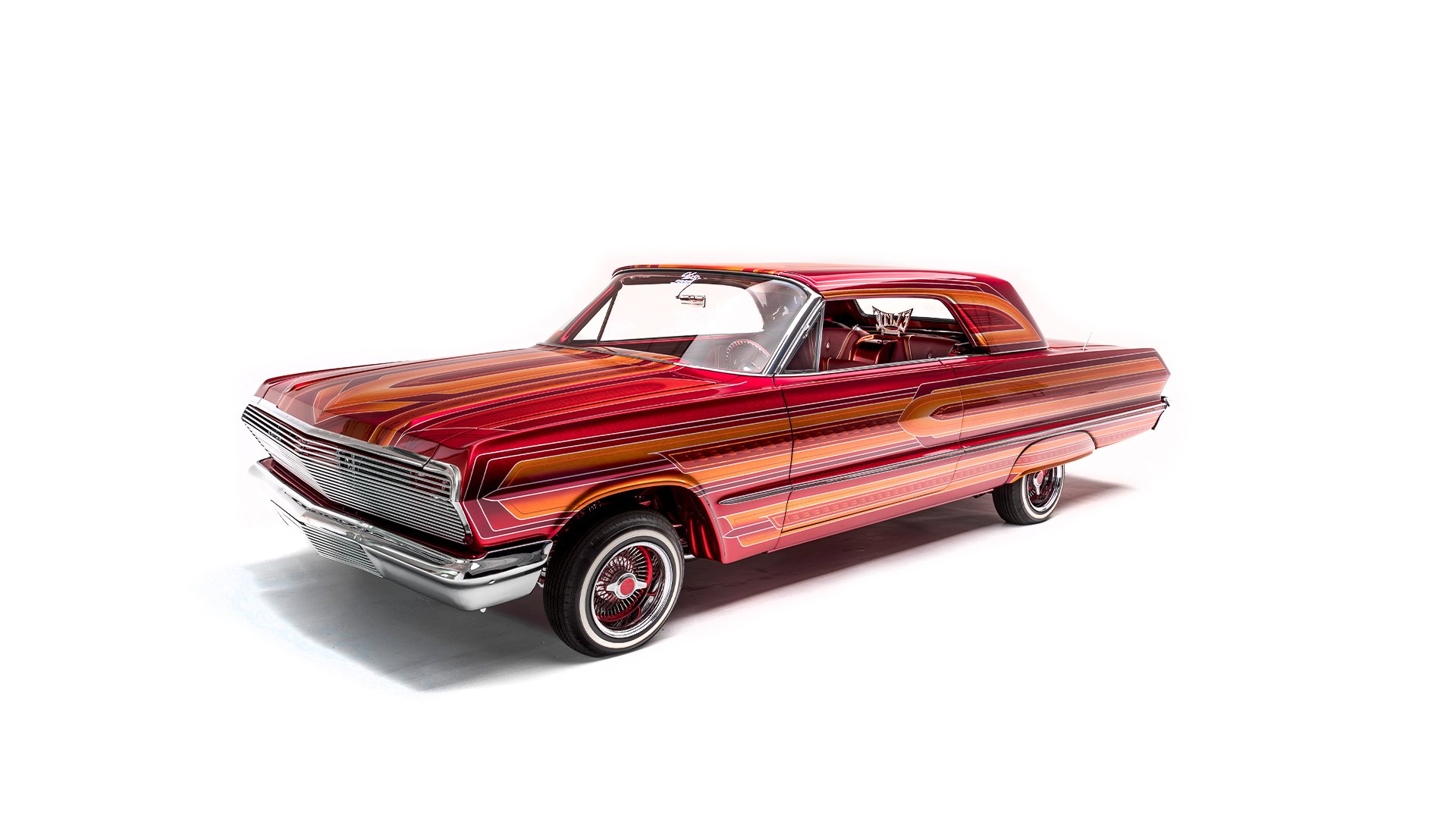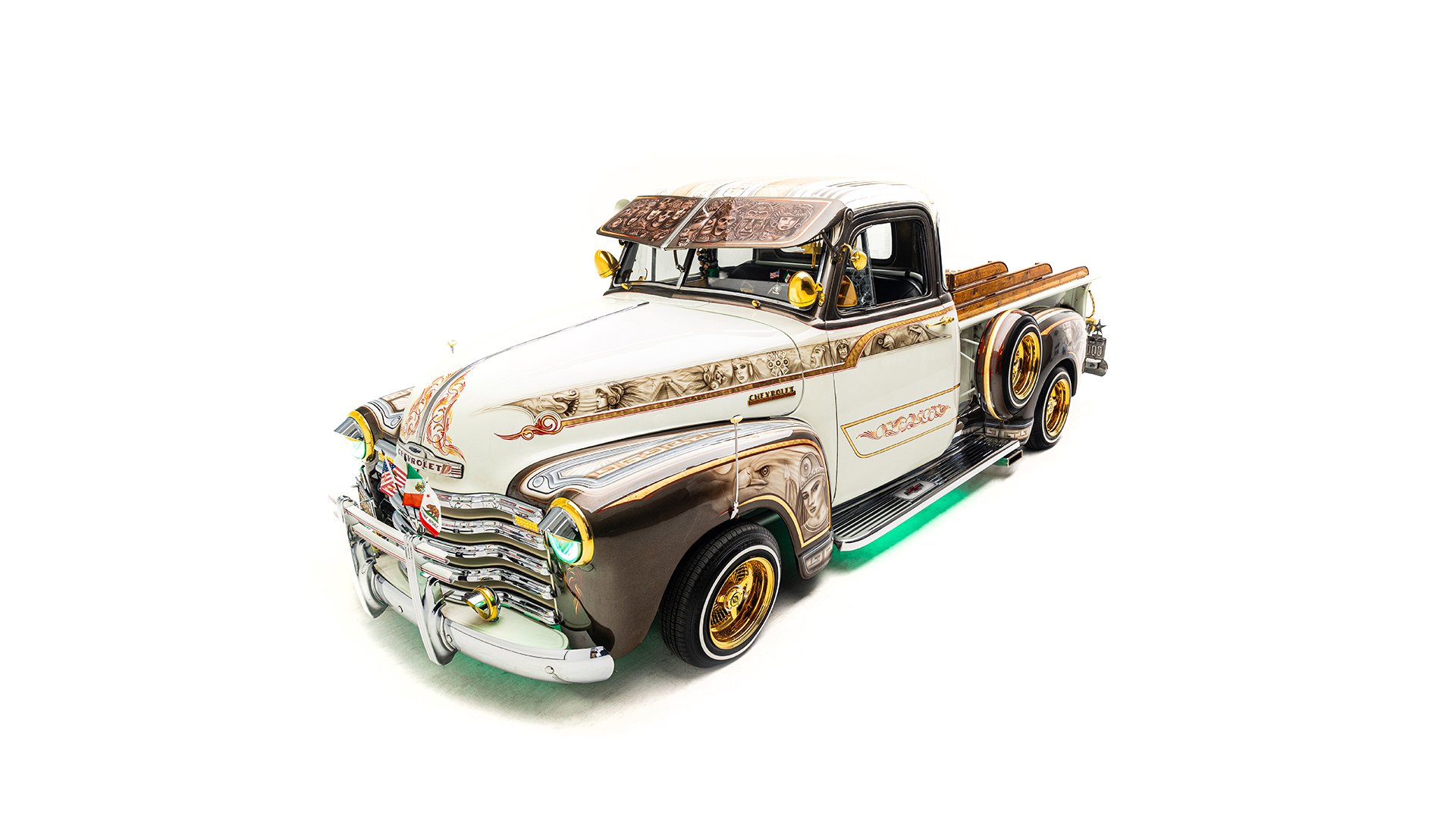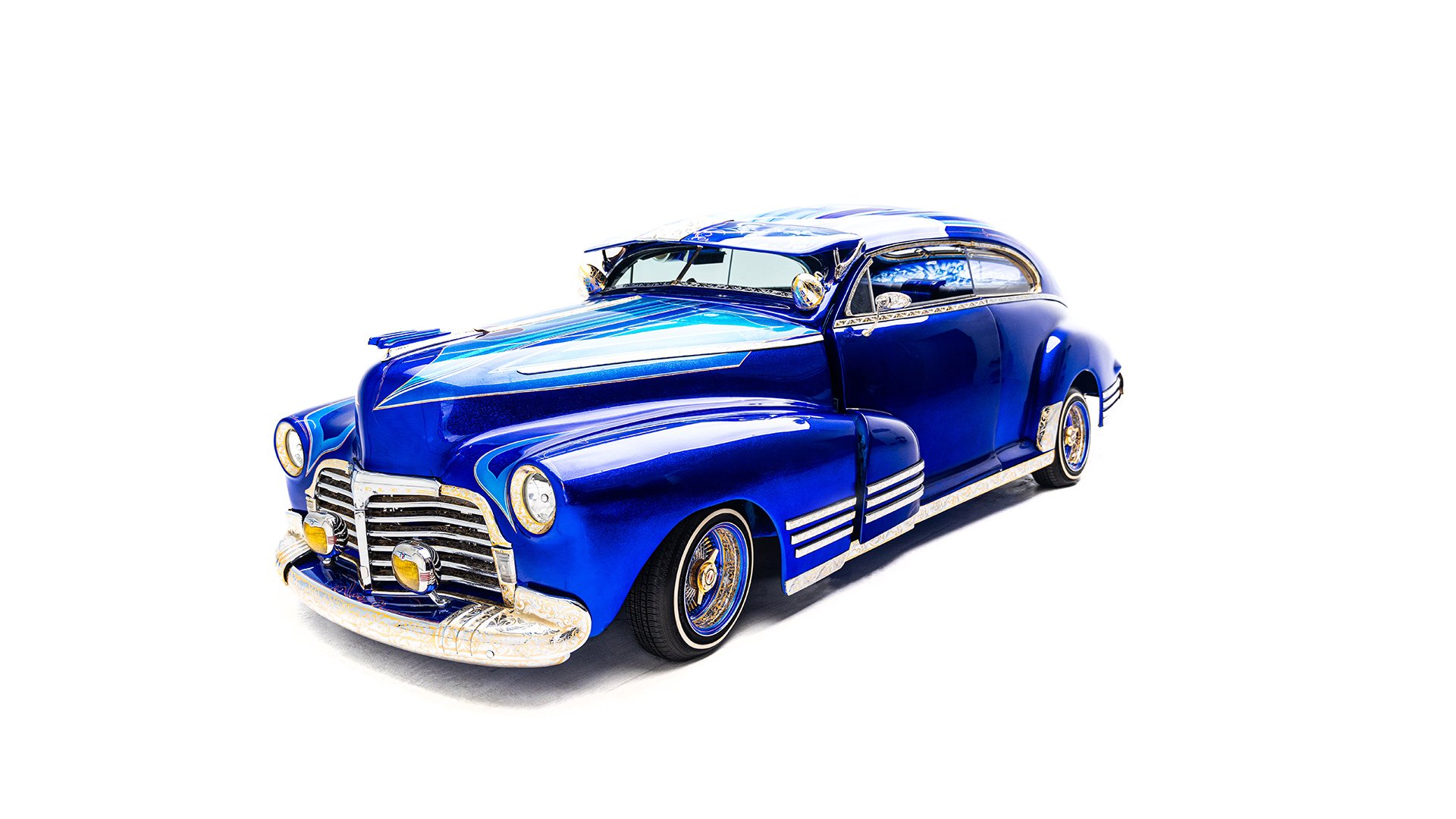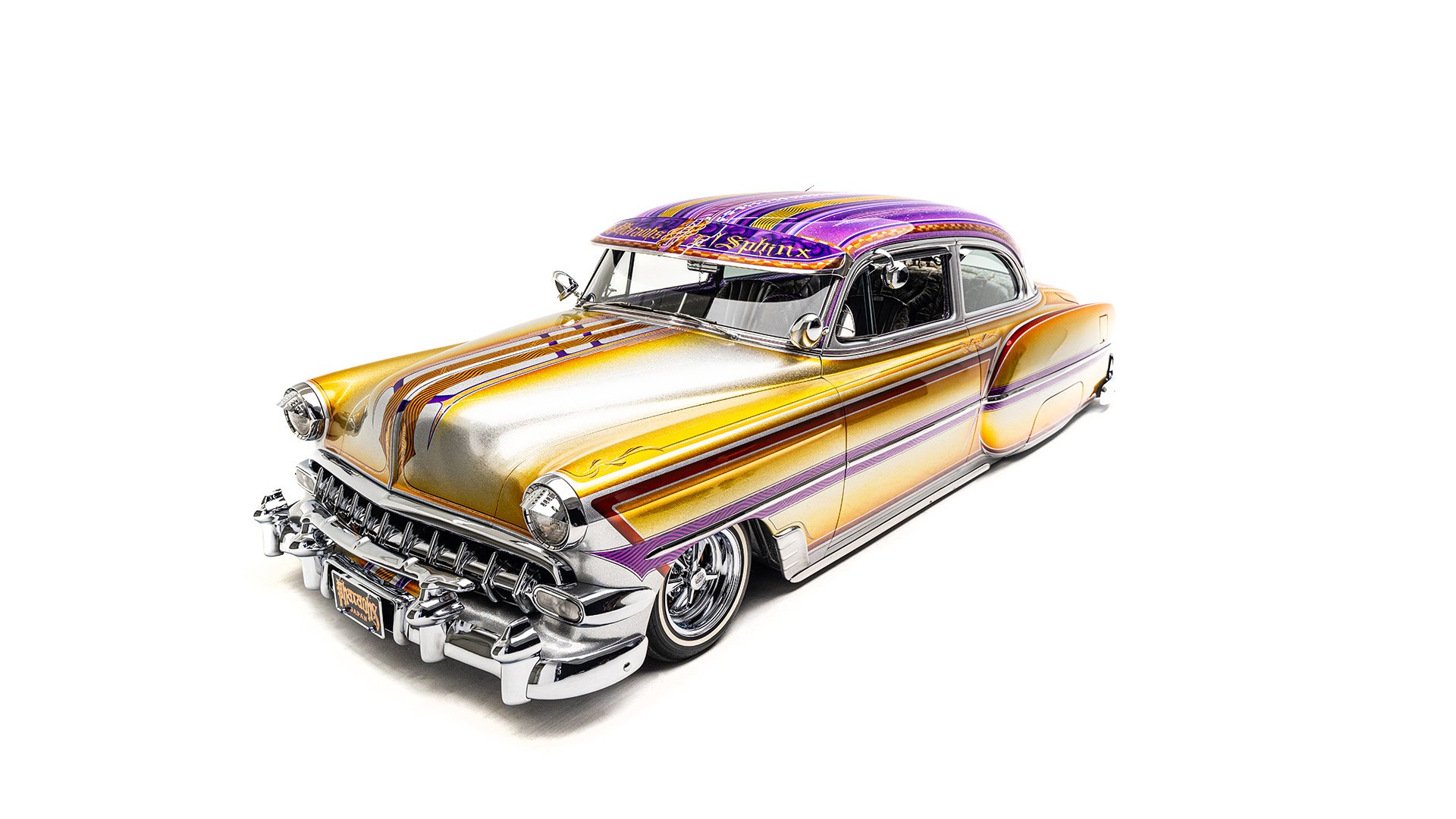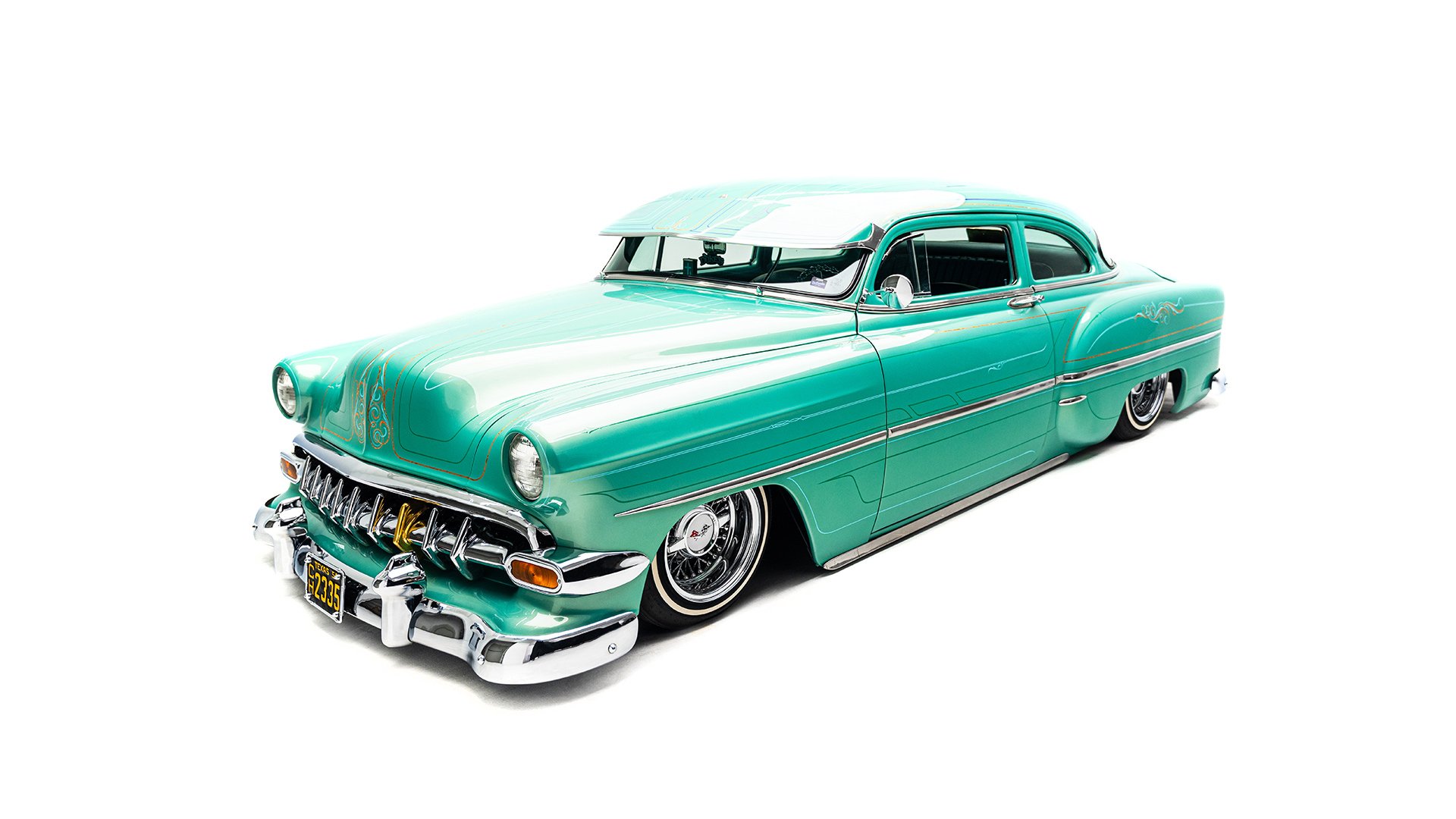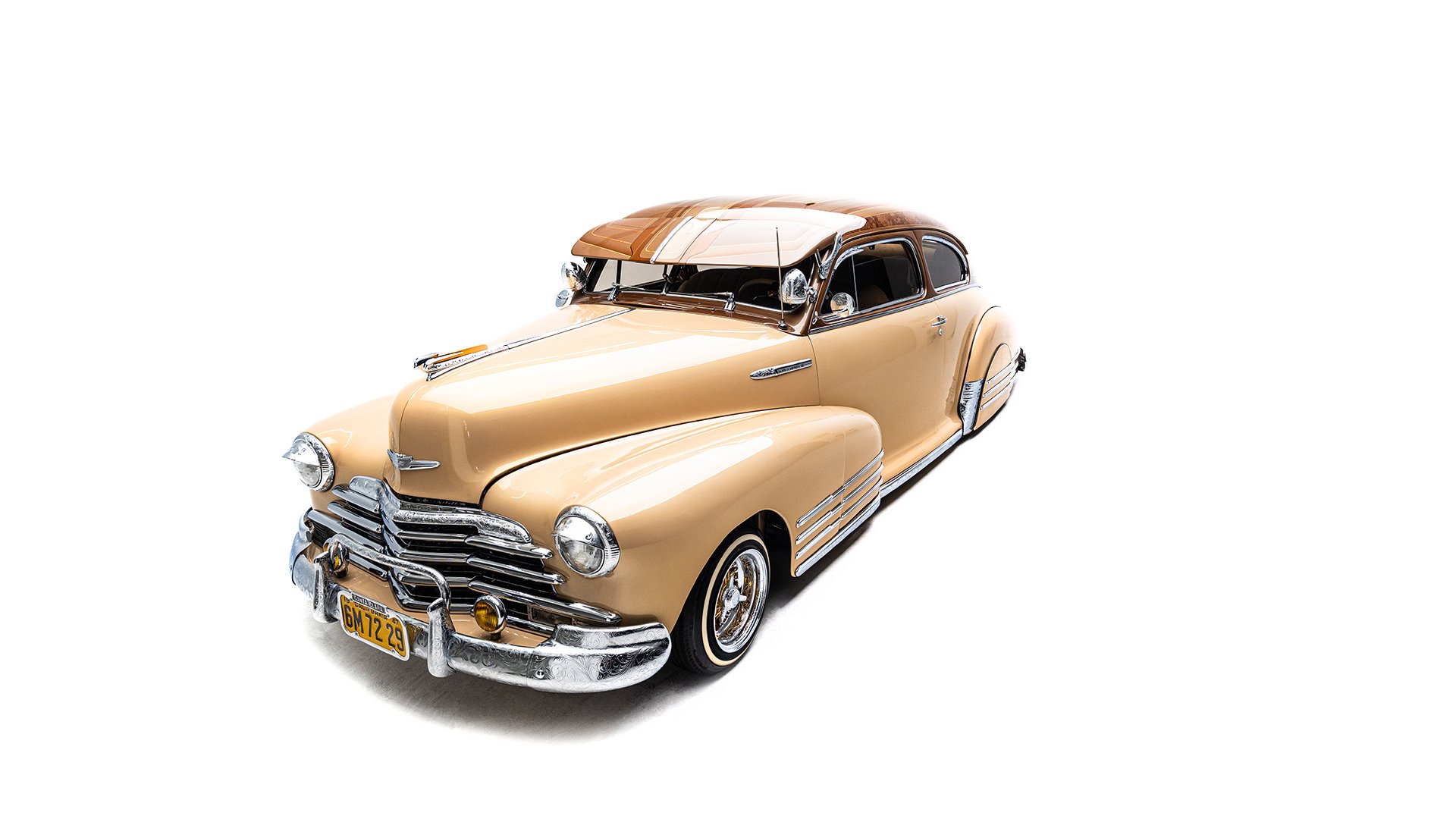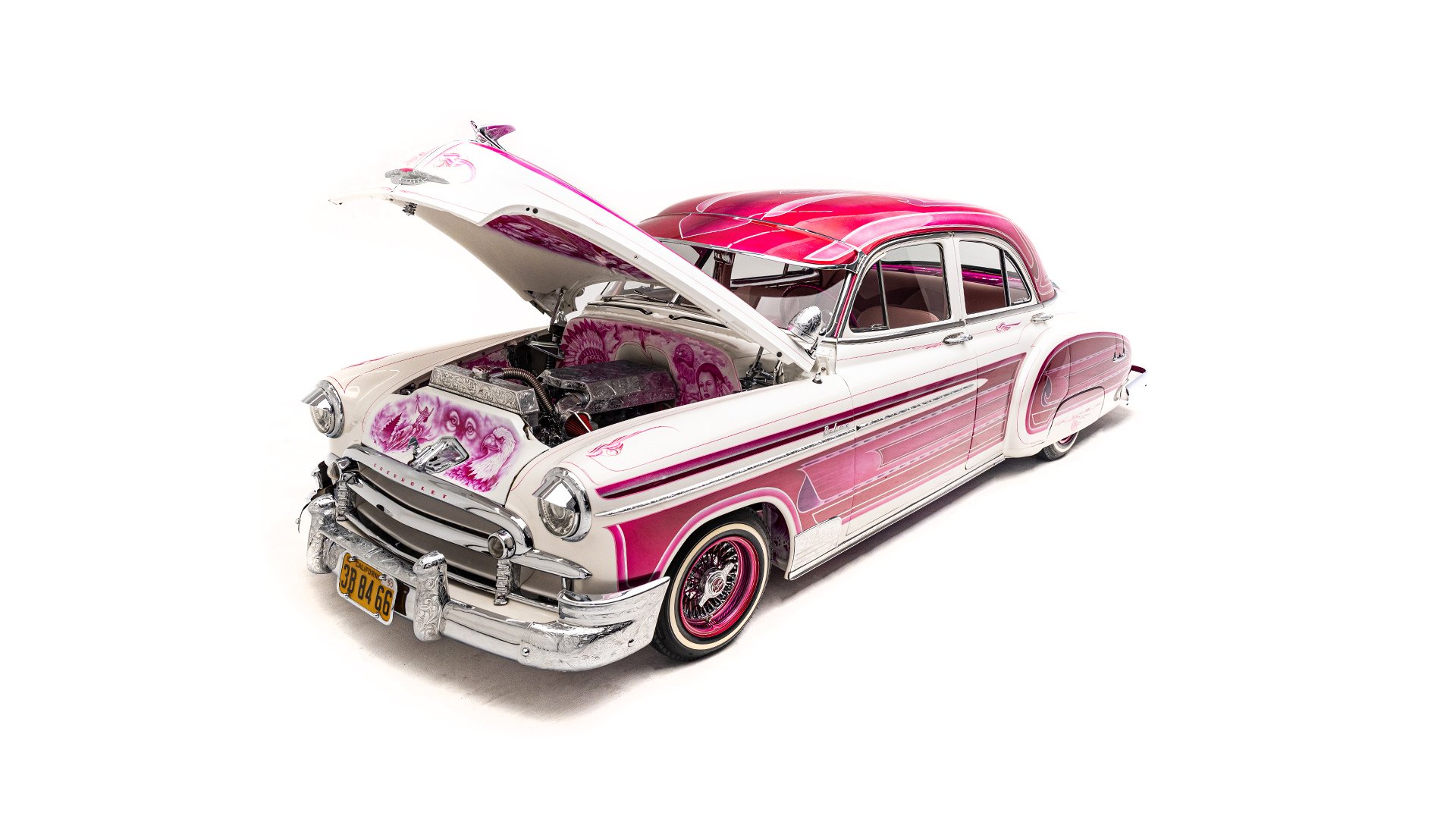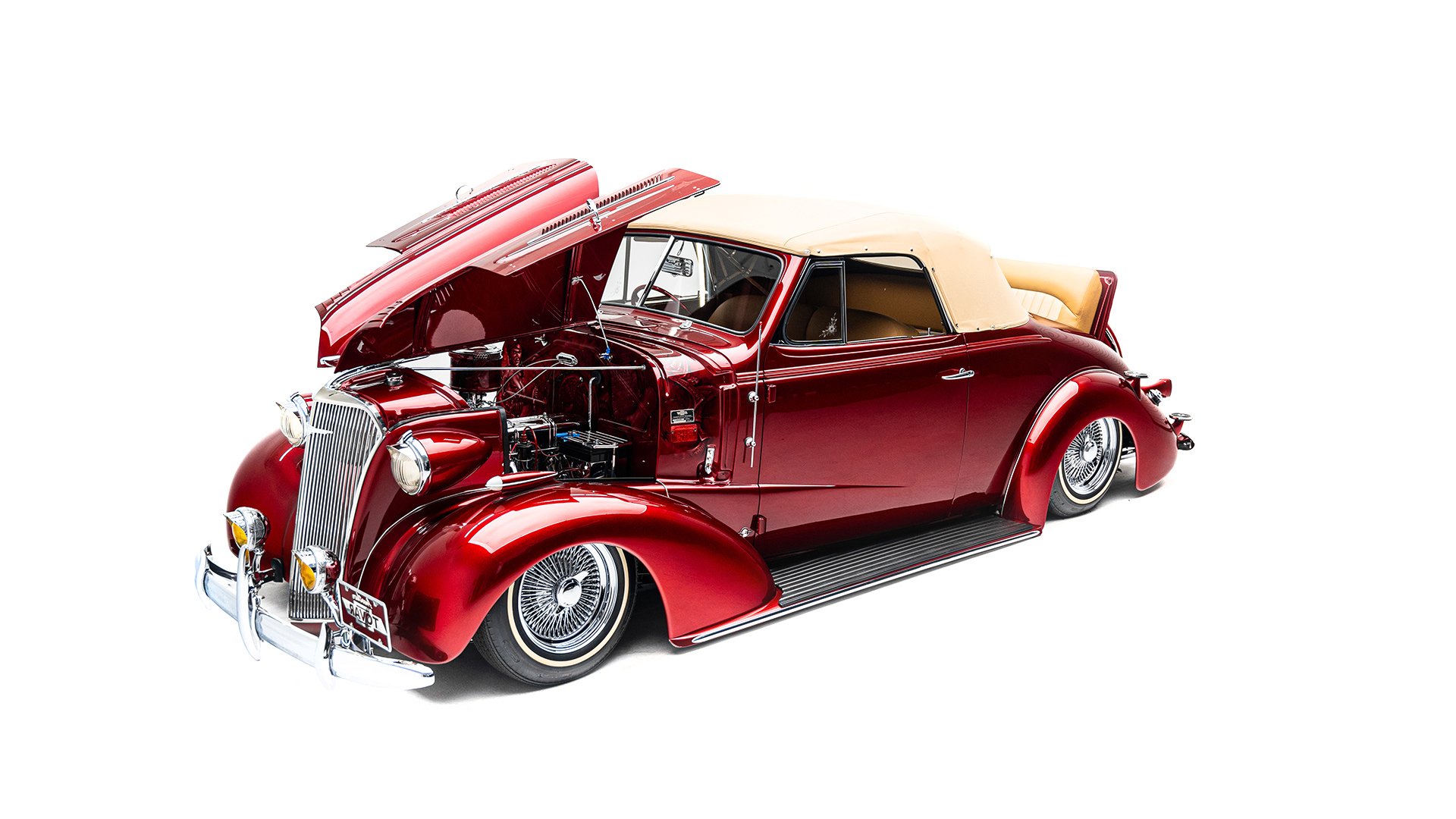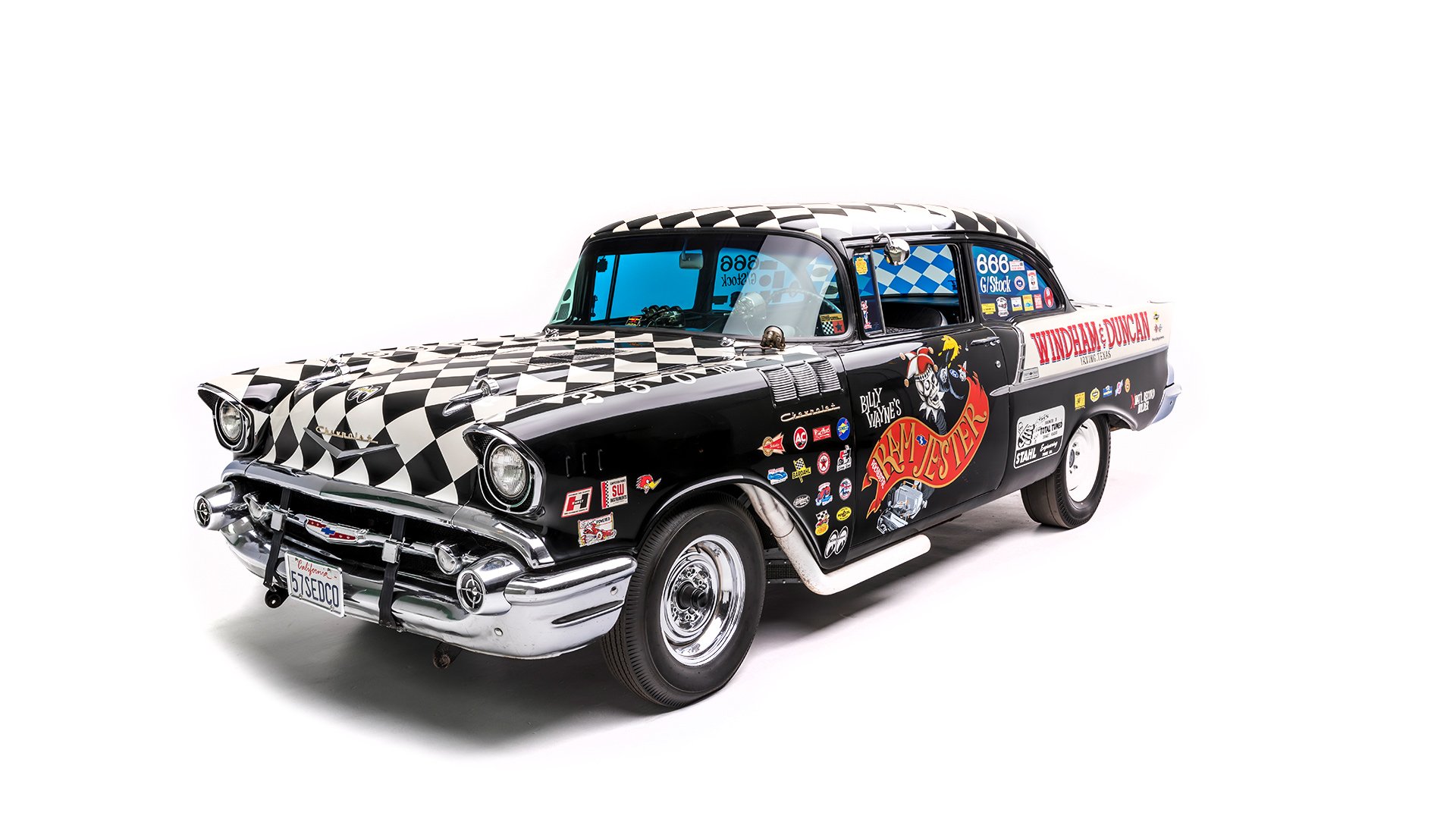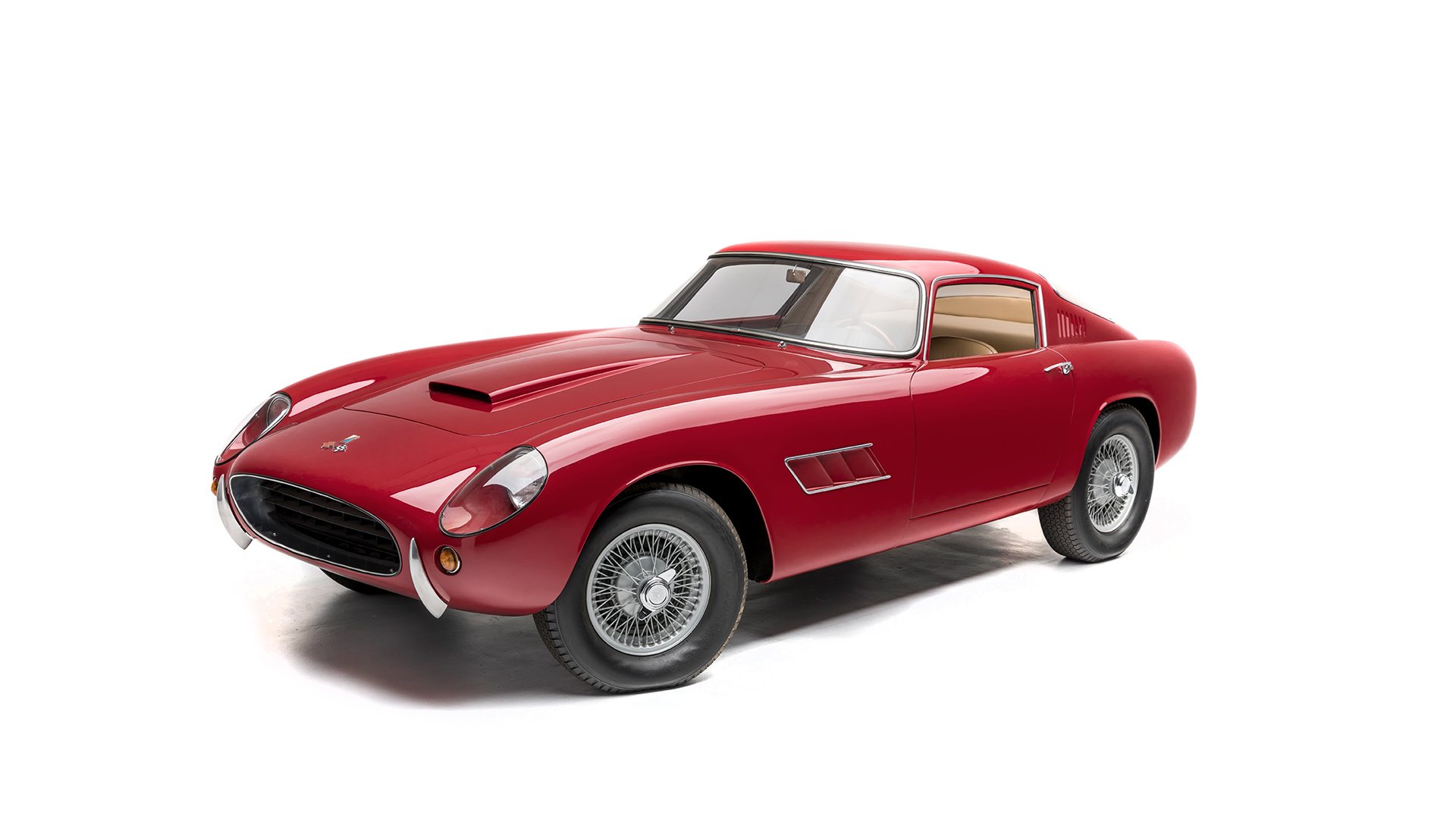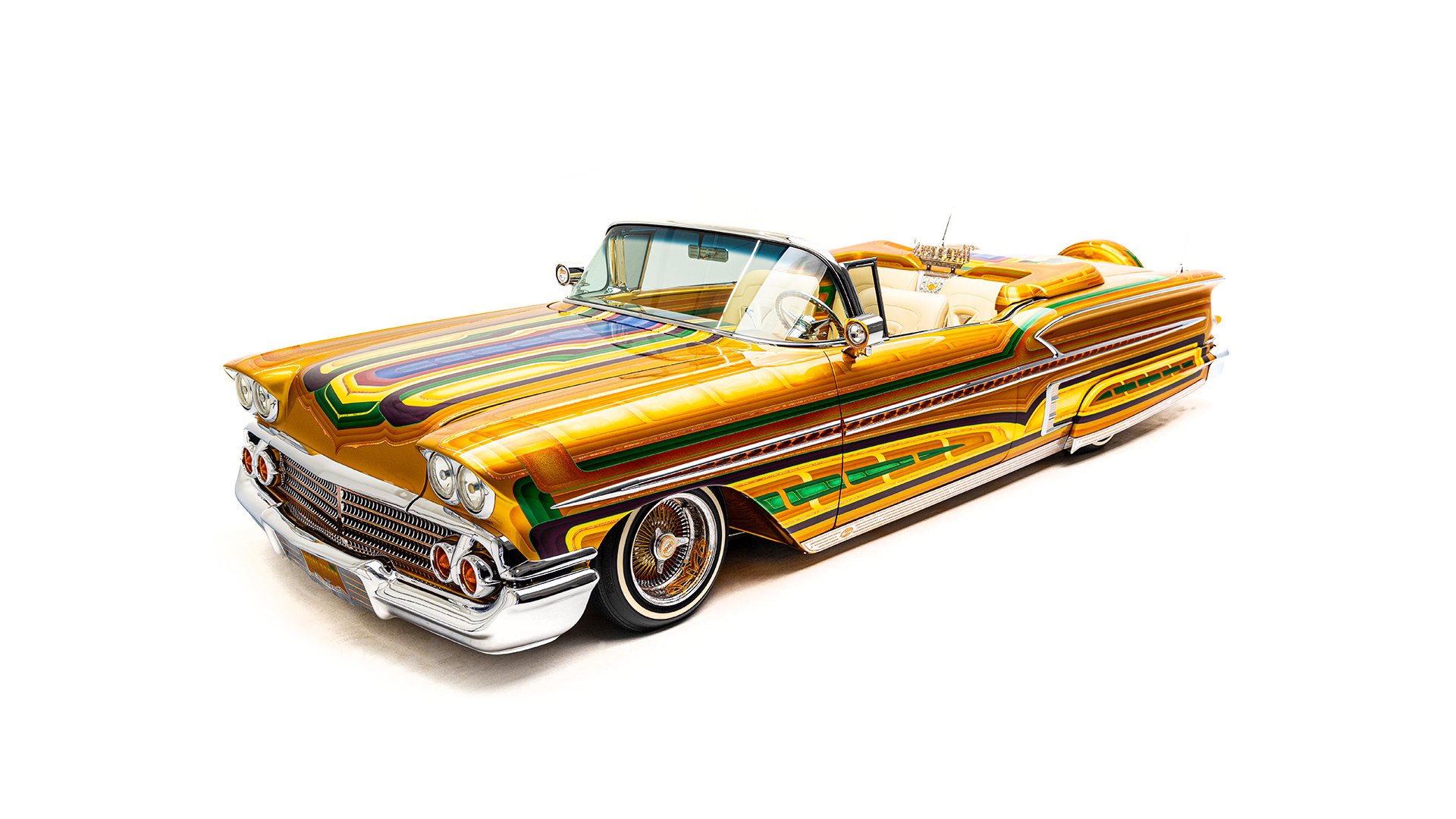History of Chevrolet—Part 1: Built for Revenge
Published on Feb 4, 2025. Written by Andy Wasif.
Photo Courtesy of the Petersen Automotive Museum Archives
He was called “Billy” to his friends, “Pops” to his daughter, and “The Man” throughout Flint, Michigan. William Crapo (pronounced Cray-po) Durant was also considered by many to be “the greatest salesman there ever was.” An avid checkers player, Durant seemed to approach business in much the same way: as a challenge and something to be won. That’s how the 49-year-old Durant saw the situation in 1910 when, due to financial difficulties across General Motors’ overflowing portfolio of automotive concerns, he was forced to concede control to bankers who bailed out the young consolidation. Being removed from the presidency and relegated to one meager seat on the Board of Directors did not sit well with Durant, who saw GM stripped down to its bare essentials–Cadillac, Oldsmobile, Oakland (later Pontiac, for the town where it was founded), and Buick, among a few other brands. Durant resolved to regain control of his “baby.” Though a millionaire many times over at that point, he was still the “little guy” when contrasted with the major financial institutions he would be challenging. It would be like David versus Goliath. Together with his son-in-law—the former physician turned close confidante and advisor Dr. Edwin Campbell—Durant hatched a plan to retake General Motors in an American automotive version of The Count of Monte Cristo. This plan was contingent on the fact that there would be a conglomerate of Durant’s own, and integral to that conglomerate was a company that could rival Ford. Thus, Chevrolet was born.
In order to tell the story of Chevrolet, we must first understand the context of its inception and the backstory of the man who orchestrated this masterstroke. Durant was a financial wizard, irresponsible gambler, incurable optimist, and visionary with an eye on the future. A journalist once wrote that Durant thought a million was the basic unit of US currency. His career in vehicles started as co-founder of the Durant-Dort Wagon Company along with J. Dallas Dort. The endeavor was very successful; it was one of the best-selling carriage makers in the game, and it set Durant up financially.
He was so well off that he became bored. He frequently traveled to New York City to spend time studying and investing in the stock market. If his beloved hometown of Flint was not in danger of losing its moniker as “the Vehicle City,” Durant may not have stepped in at the request of his friend Ben Briscoe to purchase the struggling Buick brand in 1904, thus launching a second act for Durant, this time in the automotive industry.
Photo Courtesy of the Petersen Automotive Museum Archives
Fast forward to 1908, when Briscoe approached him again with a one-word proposition: consolidation. The automotive industry at that time remained very speculative, with several hundred companies incorporating for the purpose of producing and selling cars and still dozens actually doing it. No one knew which brands would survive. Consolidation of the most powerful and successful companies would help ensure longevity.
Durant loved the excitement of new acquisitions, but control of them disinterested him. Between 1909 and 1910, he bought up whatever company he thought had potential. Cadillac was a Dewars Award winner multiple times; Oakland won a hill climb; Welch had an overhead-cam engine; Cartercar used a friction-drive system. Durant bought them using GM stock certificates, though he did personally buy Elmore Motor Car Company and its two-stroke engine for $550,000, later selling it to GM for a profit of $50,000. He also bought parts manufacturers and suppliers.
Photo Courtesy of the Petersen Automotive Museum Archives
Photo Courtesy of the Petersen Automotive Museum Archives
(Fun fact: Durant twice approached Ford about selling to General Motors. Both times, Ford agreed. But the bankers squashed the deal both times, once balking at the number, saying, “Ford is not worth EIGHT million dollars.” Hindsight, as they say. . .)
But not all companies did well. And some doors had to be shuttered. In the interest of saving jobs, Durant sought the help of bankers. Those bankers, led by James Storrow, agreed to put up $19 million and sign a five-year trust agreement, effectively neutralizing Durant’s power. This was September 16, 1910, two years after General Motors was initially incorporated.
With bankers trimming companies left and right from General Motors, Durant knew it would mean many people would be out of work, and he hated to see that happen. Flint was at risk of again finding itself left behind other manufacturing cities. Durant saw another challenge in front of him and resolved to regain control of the company he had built.
Photo Courtesy of the Petersen Automotive Museum Archives
For the first phase of Durant’s plan, he enlisted his deep reservoir of talented industry professionals. William Little, Buick’s former general superintendent, was charged with creating a light 4-cylinder car called the Little Motor Car. Former Buick engineer Arthur Mason was to help with the engine and design of the Little Fours. A. B. C. Hardy, former manager of a Durant-Dort subsidiary, was hired as production manager. And a former Buick race car driver originally from Switzerland was given a marque of his own to design. That race car driver was Louis Chevrolet.
Durant set up the Republic Motor Company as a holding company and included the Sterling Motor Company, which manufactured 6-cylinder engines for the Little.
Ironically, Louis and Durant did not see eye to eye on a lot of things. Durant understood that the greatness of the Ford Model T was its accessibility to the buying public. It was cheap and relatively reliable. In 1908, Buick was only 20% behind Ford in sales. By 1912, Buick was selling fewer than one-sixth the number of Fords after the bankers eliminated a variety of Buick models. Therefore, Durant wanted a direct competitor to Ford’s “Tin Lizzie.” Conversely, Louis was focused on building luxury cars, a strategy that didn’t fit Durant’s plan.
Photo Courtesy of the Petersen Automotive Museum Archives
Also, Louis smoked cigarettes, the butt hanging from his bottom lip most of the time. Conversely, Durant was a cigar man, having sold them when he was younger. Durant chided Louis that, as an executive, a cigar was the more suitable accessory. That derision, coupled with the fact that Louis was designing luxury cars instead of what Durant wanted, caused Louis to resign from the company that bore his name.
Ironically, Durant now owned the right to the Chevrolet name (which he loved), so Louis would not be able to use it. Around this time, Hardy advised Durant that the Little Car name did not connote a great image, so a Chevrolet (or Chevy, as it was abbreviated) nameplate was put over all Little cars.
Chevy’s first production car was the mildly innovative Classic Six in 1912, a 4-door, 5-passenger vehicle with top, boot, and running boards. Chevy was now cooking with gas. But there was much work to be done in order to compete with General Motors, let alone Ford. With the help of A.T. Stuart, who engineered chassis for Buick and was moonlighting for Chevy, the new marque continued to make headway.
Photo Courtesy of the Petersen Automotive Museum Archives
At the New York Auto Show in 1914, the H-3 Amesbury Special debuted. The production Specials were the first Chevys to sport the famous bow-tie insignia (reportedly inspired by the wallpaper in a French hotel and jotted down on a napkin by Durant). There was the 5-passenger H-4 touring car called the Baby Grand, which retailed at $875, and the sportier H-2 roadster or Royal Mail, which went for $750. (You can see an example of the 1914 Royal Mail in The Vault here at the Petersen.)
After being hired full-time at Chevy, Stuart unveiled his plans for a new, smaller 4-cylinder car to compete with Ford: the Chevy 490. (It was really just a junior version of the Baby Grand.) Durant had a sense of humor and chose the name 490 because it was the price point of Ford’s Model T. With Ford’s large profit margin, they were able to lower the price to $440, while the 490 cost $550, a difference of $110. The 490, however, offered an option of colors, standard-issue self-starter, headlight dimmers, speedometer, and electric horn—quite the classy upgrade. At last, Durant had his prize.
Photo Courtesy of the Petersen Automotive Museum Archives
The prototype was shown in New York in January of 1915 with production to begin in May. Now with five different models of Chevys priced from $690 to $2,510 and the less expensive 490 on the way, Durant had maneuvered enough pieces on the checkerboard to make his move. With the deadline of the trust quickly approaching, the net was ready to be cast.
While quietly buying up shares of General Motors, the shrewd Durant also offered up five shares of Chevrolet stock at $18 for one share of General Motors stock at $80. But to take on the financial whales (bankers), he would need a whale of his own, and he got one—Pierre S. du Pont of du Pont gunpowder fame. As Durant’s ally, du Pont also bought up shares of General Motors.
Photo Courtesy of the Petersen Automotive Museum Archives
On September 16, 1915, seven years to the day that Durant first incorporated General Motors, the GM directors met only to be interrupted by Durant, who dumped stock certificates on the table as he declared, “Gentlemen, I now own more than 50% of this company!” Though it took several months to sort out, ultimately, Durant took over, and Chevrolet Motor Company, the single brand, actually absorbed all of the conglomerate that was General Motors (Chevy actually owned 54.5% of all GM shares). The banker Storrow was kicked out, and Durant was once again the hero, making Chevrolet a name to be reckoned with for over a century.
The Count of Monte Cristo had his revenge, and his creation Chevrolet was about to outsell the Ford Model T on its way to helping GM become the largest automotive manufacturer in the world.










